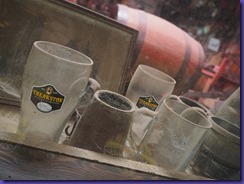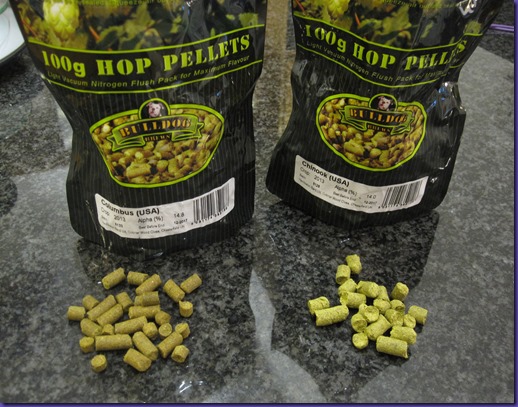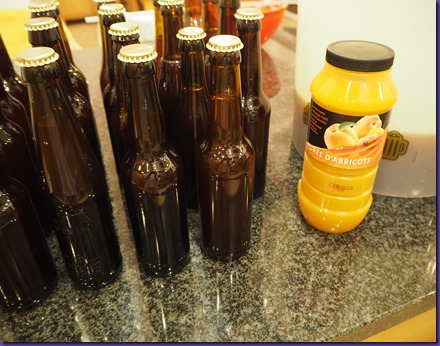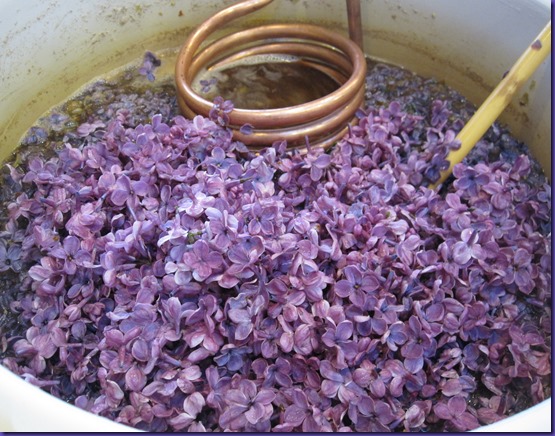When we started making beer one of the first beers we tried to replicate was Theakston’s Old Peculier because it is, in my opinion, one of the best beers in the world (no probably!).
In looking for a Cheshire placename reference we came up with the rib-tickling name Audlem Unusual. Or just “Audlem” to its friends.
We’ve brewed this recipe every year (this is the eighth time), but in 2014 and 2015 we tweaked the recipe. In 2014 it was heavily Christmas spiced. In 2015 it was vanilla and oak. This year we have decided it’s time to go back to basics and just brew a damn good ale, fermented well with clean and not muddled flavours.
So that was last night’s brew day and it is currently in the beer fridge at 16C starting fermentation. I always like to ferment English ales cool to start with then ramp up the temperature after a couple of days. If you start them warm (say 20C) the yeast just goes crackers and you end up with a nice enough beer but it is confused by all sorts of fruity flavours. A cool, restrained start helps to avoid this.
There is just one thing that I am not happy about with this recipe. When I visited the Theakston’s brewery with my mates Ian, John and Chris back in February the lady in the visitor centre pointed out the cherry flavours in Old Peculier. In all the years I had been drinking OP I must confess I had never singled out that flavour, but sure enough there it was. Coupled with that, if you hold a pint of OP up to the light there is a distinct red hue to the beer.
Audlem Unusual doesn’t have that. I wish it did. I’d like to find out what we’re missing. Recipe improvement suggestions welcome!
Audlem Unusual
Grain bill
Maris Otter 5240g 91.5%
Crystal 45 285g 5%
Chocolate malt 200g 3.5%
Hop schedule
Fuggles 3.9%AA 45g 60min 16IBU
Goldings 4.8%AA 25g 60min 10IBU
WGV 5.5%AA 20g 10min 3IBU
Water treatment: None
Yeast: 1 sachet Safale S-04.
Batch size: 23l
Mash temp: 68C
Mash time: 60 min
Boil time: 60 min
OG: 1.058
IBU: 29 (Rager)
Target FG: 1.015


















